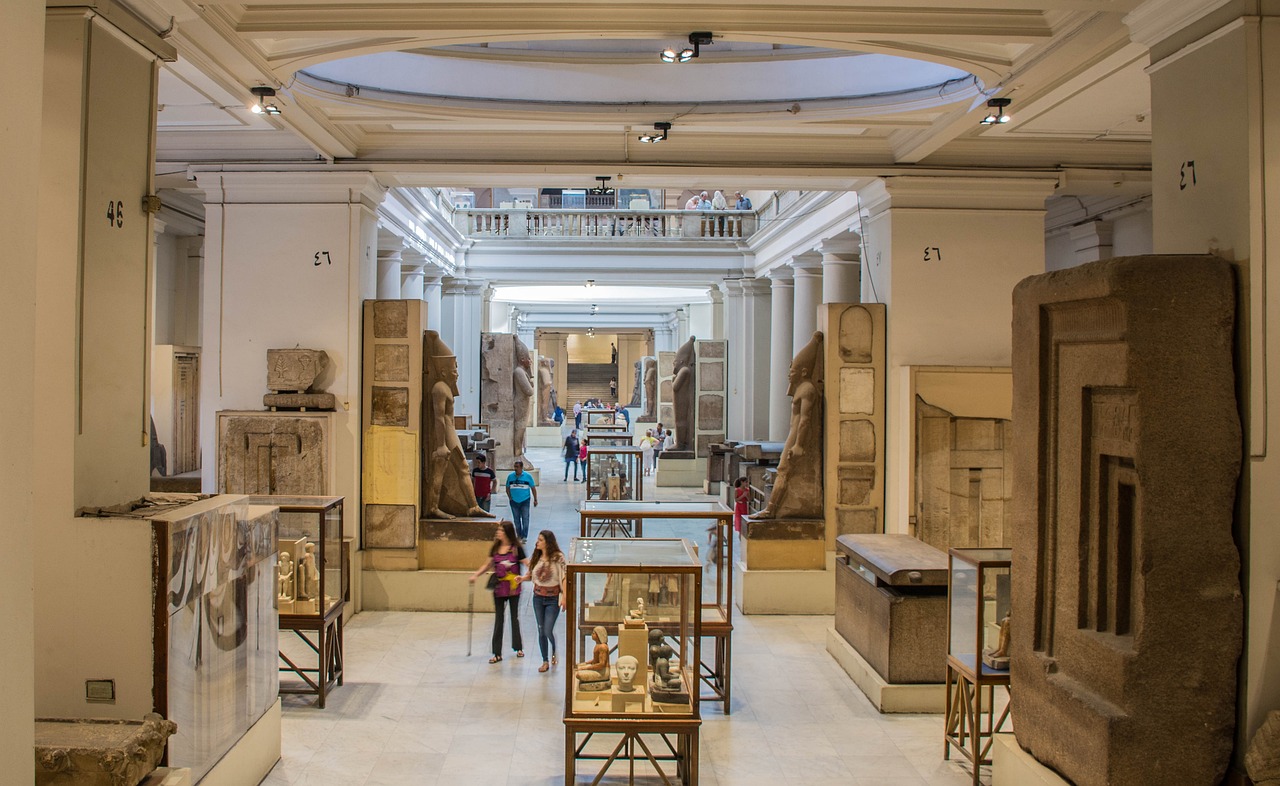The Historical Importance of Karnak Temple Complex
The Karnak temple complex, located in Luxor, is a monumental testament to ancient Egyptian civilization, evolving over a span of more than a millennium, primarily from the Twelfth to the Twentieth Dynasties. At its zenith, it stood as the most significant religious hub in ancient Egypt, with the Temple of Amun-Ra hailed as its most critical structure. This temple, the largest religious edifice ever constructed, was revered as the terrestrial home of the god Amun-Ra, alongside his consort Mut and their son Khonsu, both of whom are honored with their own temples within the complex. Among the many notable features of the Temple of Amun-Ra is the grand Hypostyle Hall built during the era of Seti I. However, as Memphis transitioned to the dynastic capital, the prominence of Luxor’s temples diminished. Subsequent centuries witnessed modifications to the complex by Hellenistic rulers and Coptic Christians to serve their particular needs.
Conservation Challenges
By the time the temple complex was documented by scholars and archaeologists during Napoleon’s expedition in the early 1800s, much of its infrastructure was already in a state of disrepair. In recent decades, challenges exacerbated by a rising water table and the chemical degradation tied to intensified agricultural irrigation have emerged. These issues have significantly accelerated the deterioration of the complex’s stones, foundations, and columns—materials that have stood for centuries. Given that many exterior surfaces feature intricate reliefs and hieroglyphics, such decay leads to substantial losses in the historical narrative, jeopardizing the site’s authenticity and hindering researchers’ efforts to decode its rich decorative elements.
Our Conservation Efforts
Between 2001 and 2003, the World Monuments Fund (WMF) took a proactive stance in collaboration with the University of Chicago and the American Research Center in Egypt, supported by the Robert W. Wilson Challenge to Conserve Our Heritage. This partnership focused on emergency stabilization and restoration work, including the removal of harmful salts and chemicals while formulating a comprehensive long-term conservation strategy. This plan is designed to continually monitor the site and address maintenance issues, aiming to enhance the overall condition and mitigate the ongoing deterioration of the complex.
The Significance of Preservation
The Karnak Temple complex is a colossal structure that experienced continuous construction additions from numerous pharaohs throughout history. Its development spanned from the Middle Kingdom (2080–1640 B.C.) through to the early Christian era. The sheer scale of the site, combined with its complex architectural, artistic, and linguistic features, renders it an irreplaceable historical treasure, essential for comprehending the unfolding narrative of ancient Egypt. The preservation of this site is vital; it cradles the worship of a diverse array of deities, reflecting both the earliest and the latest iterations of Egyptian spirituality, and serves as a fascinating embodiment of the religious traditions and beliefs of ancient Egyptians.
Support for the initiatives undertaken at Karnak Temple by the World Monuments Fund has, in part, been made possible by the generosity of The Robert W. Wilson Charitable Trust.



